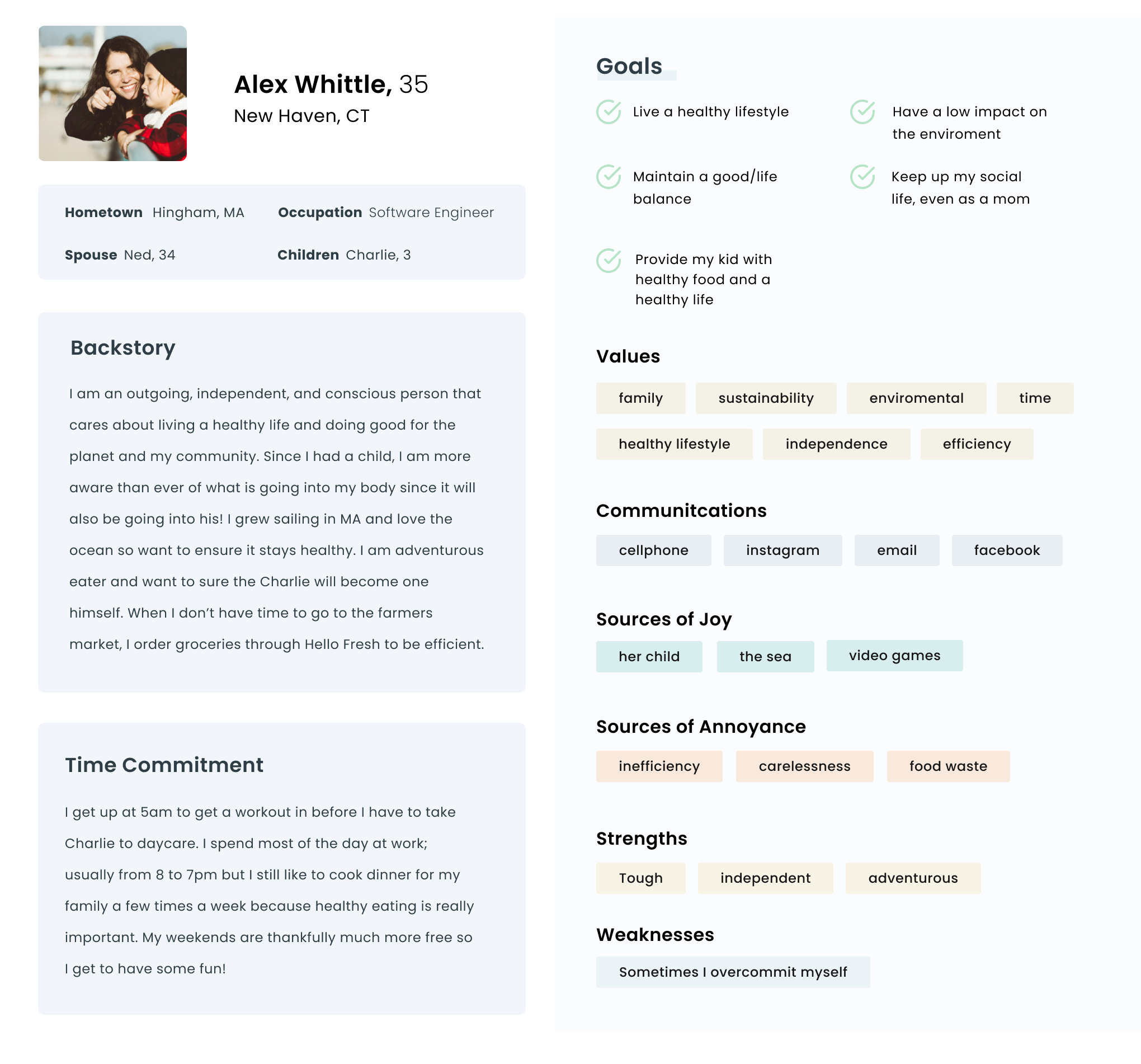Age
Back to: Market Your Business
We’ve just discussed some big-picture, general motivations your customers might have. But the most successful marketing plans are more specific. To help ensure that you’re selling to someone rather than everyone (and thereby no one), you can develop a persona: a detailed fictional character that represents your ideal target audience.
Personas should include more than basic demographics; the idea is to include enough detail — grounded in the reality of who your customers actually are — that you can refer back to them whenever you are making a decision that might affect them.

-
-
Education level
-
Occupation
-
Relationship status
-
Geographic location
-
Personality characteristics
-
Level of comfort with technology
-
Food-buying habits
-
Other favorite brands
-
Attitudes, aspirations, frustrations, and motivations
Below is an example of a persona developed for a kelp and shellfish Community Supported Fishery (CSF) product. You can see that a lot of thought has gone into who this person is and what their life is like. When completed to this level of detail, a persona becomes a tool to help make marketing and sales decisions based on the question, “Will Alex like it?”
